Cusco Main Square, known as the Plaza de Armas, is the heart of the city and the easiest landmark to use on your first day in Cusco. From here you can walk to most main attractions, stop at cafés and balcony restaurants, or simply sit on a bench and watch the crowds and sunset light over the square.
In this guide, you’ll learn how to get to the Plaza, its history, cathedral, water fountain and arcades, what to see and do, the best times to visit, plus safety and money tips to enjoy your time here.
How to get to Cusco Main Square?
The Plaza de Armas lies at the heart of Cusco’s historic center, serving as a convenient reference point for any visit. You can reach it from Alejandro Velasco Astete International Airport, the Cusco bus terminal, or your hotel; timing depends on traffic and your transport.
Taxi and Public Service
- Taxis / ride apps: Readily available at the airport and around the city. Agree on a fixed fare before you go or use a ride app for a set price.
- Cusco Airport: price around 14 soles (U$S 4.00), 20-30 min.
- Bus terminal: price around 10 soles (U$S 3.00), 15-20 min.
For visitors staying outside the Historic Center, a taxi is the most convenient mode of transportation.
- Payment & drop-off: Carry small bills in soles. Ask to be dropped on perimeter streets (Triunfo, Mantas, Plateros, Espaderos); the square itself is pedestrian-priority.
- Public buses (combis): Budget-friendly but crowded and less direct.
- From the airport or bus terminal, look for routes along El Sol avenue and get off near the Almagro stop (about one block from the Main Square).
On Foot
- From San Blas: Walk down Calle Hatunrumiyoc (12–15 minutes, gentle descent). You’ll pass the famous 12-angled stone and reach the arcades on the northeast side of the square (Bethlehem Arcade)
- From San Pedro Market: Head east via Santa Clara street to Márques street (10–12 minutes, mostly flat) with the square coming into view as you approach.
- From Av. El Sol: Walk up Calle Mantas (6–8 minutes, slight incline). Nice first glimpse of the Cathedral as you approach.
- Altitude tip: Keep an unhurried pace, sip water, and take short breathers under the arcades if you’ve just arrived in Cusco.
History of the Main Square of Cusco
Cusco’s Plaza de Armas has been the epicenter of the city from pre-Columbian times through the colonial, republican, and modern eras. Here, festivals, ceremonies, and communal gatherings have shared space with acts of resistance, religious devotion, and bursts of excitement. Then we’ll review some of the most important historical moments of this must-visit place.
Cusco Main Square Names
The original name of Cusco’s Main Square is a point of scholarly inquiry, with many chronicles and academics referring to it using similar names. This confusion was primarily amplified by linguistic challenges: Quechua was an oral language during the Inca Empire and contained many homophones, which ultimately blurred the name due to inconsistent spelling by early Spanish chroniclers.
| Name | Meaning | Quechua Etymology |
| Aucaypata | "Plaza of Warriors" |
|
| Haucaypata | "Plaza of Festivities/ of Joy" |
|
| Huacaypata | "Plaza of Laments" |
|
Main Square Cusco Origins
More than a set of names, the Main Square tells its story through the events that took place shaping the plaza’s identity, and explains why people remember it in different ways today. To see how it changed, let’s walk through its past.
Inca Period: Aucaypata / Haucaypata
In early chronicles, the plaza appears as Aucaypata, often translated as the “Plaza of Warriors”. The name underscored the square’s role as a monumental stage for victory parades, troop musters, and post-campaign ceremonies. Imperial authority was reaffirmed in public view: captives and trophies were displayed, standards of defeated groups were presented, and ranks of soldiers advanced to the beat of drums and pututos (conch shell trumpets). It is speculated that many of these trophies were stored in the Cusicancha, the place where the Machu Picchu entrance tickets are sold today.
The name Haucaypata, “Plaza of Festivities/Joy” referred to the city’s ceremonial core. This sacred space served as the gathering point for the entire empire, making use of the Inca Trail as its fundamental network that allowed people from all four suyus (regions) to journey to Cusco for prescribed celebrations. Music, dance, and ritual thus brought the regions together. During Inti Raymi “the Festival of the Sun” sacred offerings to the Inca gods were performed at the central ceremonial platform (ushnu), which once stood at the heart of the square and has since been replaced by the water fountain.
Note: A representation of the ushnu is placed atop the central fountain each year in the Plaza de Armas during Inti Raymi.
Colonial Period: From Ceremonial Center to Stage of Lament
The name “Plaza of Laments” evokes the traumatic colonial era and stands in sharp contrast to the Inca emphasis on celebration.
The square’s darkest chapter began three years after the occupation of Cusco, in 1536, when the city was placed under siege during Manco Inca’s ten-month campaign to retake the capital. Although Manco Inca escaped to the jungle, the Spaniards pursued his Neo-Inca state for decades. They eventually captured his son, Túpac Amaru I, and publicly beheaded him in 1572 in the Main Square. This execution was a watershed moment, an attempt to break the spirit of the Andean peoples and end hopes of an Inca restoration, forever reshaping the ceremonial heart of the city as a symbol of colonial terror.
The tragedy returned. On May 18, 1781, the Main Square became the stage for the execution of Indigenous leader Túpac Amaru II and his wife, Micaela Bastidas, intended to crush the Great Andean Uprising. After forcing him to witness the execution of his family, the authorities subjected Túpac Amaru II to a public, failed attempt at dismemberment by horses before beheading him. His and Bastidas’s remains were displayed on stakes across the region as a final act of colonial terror, indelibly marking the plaza as Waqaypata, the “Plaza of Lament".
Over the years, the city of Cusco endured various epidemics and diseases, some foreign in origin and others stemming from changing local conditions. On March 31, 1650, a terrible earthquake, followed by 400 tremors, devastated the city (an event that occurred between two severe outbreaks of smallpox). The catastrophe brought down colonial buildings and Catholic temples, yet it famously left the perfectly cut stone foundations of the ancient Inca enclosures standing. In the midst of this disaster, a momentous collective act occurred: the Cusquenian carried the wooden image of the Señor de los Temblores (Lord of the Earthquakes) from the Cathedral, crying and begging for the tremors to stop. That shared experience established the figure as the city’s patron saint and gave the main square a new, syncretic focus of spiritual protection, transforming their collective sorrow into a plea to a divine protector; a tradition continued during the ruinous 1950 earthquake.
The Plaza Today: Celebrations, parades and processions
Today, the Main Square Cusco, Peru vividly embodies the different meanings of its names. It is a striking merge of the joyful spirit, evident in folkloric dances and vibrant cultural events like the annual Inti Raymi festival and Cusco Jubilee festivities; the warrior or military aspect, highlighted during civic parades and troop formations; and the lament, witnessed in both political strikes and significant religious events like the solemn procession of the Señor de los Temblores, where a massive, tearful populace follows the revered image in a communal act of faith and a spiritual plea for protection. and its designation as a UNESCO World Heritage Historic Center, Haucaypata, the Plaza of Festivities/Joy is arguably the most fitting ancient name for the square today.
While these names shifted in meaning over time, they consistently highlight the plaza’s enduring status as a center of power and historical significance, a place where the destiny of the Inca capital was continually decided and displayed.
Things To See in Cusco Main Square
Cusco’s Plaza de Armas is where history and daily life meet. From here, you can access all of Cusco’s major attractions, which are spread out across the city in all four cardinal directions.
The Water Fountain: From ushnu to Cast-Iron Icon
It’s easy to overlook the central fountain in the Plaza de Armas and assume it has always been there. In reality, this spot has seen one of the square’s most notable changes. Originally, there was no fountain at the heart of the great plaza; instead stood the ceremonial ushnu, a pyramidal platform that served as the focal point from which the Sapa Inca observed major events of the Tawantinsuyu and made offerings.
After the Conquest of the Incas, the ushnu was destroyed and replaced by a colonial fountain that remained for many years. In the 19th century, around 1872, the elegant cast-iron fountain seen today was installed. The structure was manufactured in the United States by the renowned company Janes, Kirtland & Co. (the same firm involved in casting parts of the U.S. Capitol dome in Washington, D.C.).
However, its original design contained a curious mistake: rather than an Inca, the pinnacle figure depicted a North American Indigenous person, nicknamed “Chief Kisco”. That statue did not last. Following the devastating 1950 earthquake, the “Chief Kisco” figure toppled, and the fountain stood without a crowning statue for decades. Only in 2011 did authorities install the golden sculpture of Inca Pachacutec that you see today.
Thus, although the modern fountain is an echo of Western architecture, its apex finally pays tribute to the great builder of the empire, ensuring that the heart of Cusco, though transformed, is once again presided over by a Sapa Inca.
The Cusco Fountain’s “Twins” in the U.S.
While the fountain in Cusco's Plaza de Armas is a unique landmark, it shares a surprising connection with several other cities across the United States. This beautiful iron structure is a twin to three other fountains that were cast from the same mold. You can find its identical siblings anchoring major public spaces in:
- Savannah, Georgia (in Forsyth Park)
- Poughkeepsie, New York (Soldiers Memorial Fountain)
- Madison, Indiana (the Broadway Fountain)
Keep an eye out for this information on your future travels, a charming reminder of how interconnected public art can be!
The Historic Arcades (Portales): A Clockwise Walk
Notice how the Plaza de Armas is completely surrounded by those beautiful arcade walkways? These arcades are called Portales, and each one has an intriguing story. They were originally named after the goods once sold there, or for prominent buildings and figures, some of whom once lived as Inca Emperors or Spanish conquistadors.
We will detail their significance and guide you through them in a clockwise circuit. For reference, the Cusco Cathedral marks the starting point at 12 o'clock.
1. Portal de Belén (Bethlehem Arcade)
This portal was named during the colonial era by the family living in the adjacent house in honor of the Virgin of Belén (Bethlehem). The Virgin remains highly venerated by many Christian devotees today, particularly at her dedicated temple less than two kilometers away in the district of Santiago.
2. Portal de Carrizos (Reed Arcade)
This arcade was named for the sale of long reeds (carrizos) sourced from the surrounding wetlands. These reeds were widely used in construction and, notably, in the fabrication of the fireworks castles (castillos) still used in Christian festivals today. Furthermore, this was the market for the maguey trunk, highly valued by local artisans for imaginería religiosa (the carving of sacred images imbued with deep meaning for believers).
In pre-Hispanic times, the site was part of the Acllahuasi, the privileged enclosure for the education of young women chosen for their beauty and skill in the production of fine textiles, the preparation of food, and sacred beverages like aqha or chicha, thus allowing them to extend this knowledge to their respective regions of origin.
3. Portal de la Compañía (Company Arcade)
This portal takes its name directly from its location adjacent to the grand Jesuit Order Church of Compañía de Jesús. The colossal church, a prominent feature of the Plaza, was a significant undertaking, requiring a remarkable seventeen years to complete.
In pre-Hispanic times, this area was part of the Hatun Cancha. This residence belonged to the 10th Inca, Túpac Yupanqui, who was renowned for leading the Inca Empire's conquest and exploration campaigns, which notably reached the Pacific Ocean.
4. Portal de Comercio (Commerce Arcade)
Historically, this arcade served as a central trading point for major merchants. Here, one could find and purchase articles imported from the high seas, including highly prized textiles like the renowned Segovia cloths and the famous fabrics from Castile (Castilla), connecting Cusco directly to the global trade routes of the Spanish Empire.
5. Portal de Confituras (Confections Arcade)
The Portal de Confituras earned its name because this was the site where turrones (nougats) and various other confections were sold. These sweet treats were typically consumed during the city's grand religious festivities, such as the elaborate and luxurious annual procession of Corpus Christi.
The two portals, the Commerce Arcade and the Confections Arcade, did not exist in antiquity. They were constructed on the land covering the Saphi River, which has since been canalized beneath the city.
6. Portal de Panes (Breads Arcade)
The portal takes its name from its function as the central market for different types of bread. These were prepared using wheat that was first cultivated in the Americas, particularly the celebrated wheat from the nearby Cusco town of Oropesa in the South Valley of Cusco, known today as "The Capital of Bread". To this day, Oropesa produces unique and extremely savory breads, a testament to the preservation of their traditional methods.
This significant site was also deeply rooted in the Inca past, as it originally formed part of the residence of the 9th Inca Emperor, Pachacutec, named Kasana. Pachacutec was the ruler who transformed the Inca territory into the vast Inca Empire, and his reign marked the definitive beginning of the Imperial stage. Later, this place was occupied by the Spanish conquistador Francisco Pizarro.
7. Portal de Harinas (Flours Arcade)
This portal is named for the wide variety of flours (made from different grains and foodstuffs) that were historically sold here. The tradition of cooking with diverse flours is an ancient one, preserved in the region since pre-Hispanic times, and is still evident today in the preparation of thick, concentrated soups called cremas or lawas, and the sacred food known as sanku, both of which you can still find in the San Pedro Market.
The portal was originally called Portal de Carbajal, named after Don Francisco de Carbajal, who ordered its construction and tragically murdered shortly afterward. In pre-Hispanic times, this location was part of the residence of the 6th Inca, Inca Roca, who is remembered for his extensive knowledge in mathematics, astronomy, and governance.
8. Portal de Carnes (Meats Arcade)
The Portal de Carnes is currently named for the meats and cured sausages once sold there. However, its history is more complex. It was initially known as the Portal de la Inquisición (Inquisition Portal) due to its proximity to the house of the Inquisitorial Commissioner during the colonial era.
Places to visit around Main Square Cusco Peru
The most significant monuments around the Plaza de Armas are the Church of the Society of Jesus and the Cusco Cathedral. These monumental structures were built over many years using beautiful local stone, and their construction was made possible by the Catholic Church and wealthy patrons.
The Basilica Cathedral of the Virgin of the Assumption (commonly known as the Cusco Cathedral) is the crown jewel of the Plaza de Armas. This site offers a deep dive into the fascinating fusion of Inca history and Spanish Colonial art and architecture. Before we explore the interior, let's look closer at its entrance: the Atrium.
The Cathedral Atrium
The Atrium of the Cathedral is a highly characteristic and elevated space, offering an unparalleled vantage point over the entire Plaza, perfect for observing the vibrant social and commercial interactions of the locals. However, this prominent space holds a darker history. The somber atmosphere of the major square was intensified when the Atrium became the site for the piling of corpses during an unknown plague that ravaged the city in 1719. This devastating pestilence, which reportedly claimed up to 90 lives a day, marked another tragic and unforgettable milestone in Cusco’s long history of hardship.
In pre-Hispanic times, this location was part of the Kiswar Kancha, a massive, quadrangular palace of the 8th Inca, Wiraqocha, including the strategically important, multi-story cylindrical Suntur Wasi, a royal armory.
Visit the Cathedral of Cusco
The Cathedral of Cusco is not a single building, but a monumental complex encompassing three churches.
Tucked to the left of the Cathedral, the Church of the Sagrada Familia is easy to miss. Its stone facade shows classic Andean Baroque details: a finely carved portal, balanced columns, and floral motifs that echo local craft.
On the right, the modest Church of The Triumph holds the first place in history. It was hastily erected in 1538, serving as the city's first provisional cathedral, and its name is a direct reference to the Spanish victory over the Inca resistance led by Manco Inca II.
In the middle, the construction of the main Basilica began later (1560) and took nearly 100 years to complete, built directly upon the foundations of Kiswarkancha.
The structure before us is a monument forged with great effort, embodying a rich blend of Gothic, Renaissance, and Andean Baroque influences. Its primary material (stone) was sourced through the systematic dismantling of the colossal Inca fortress of Sacsayhuaman, incorporating those mighty stones into the very foundation of this Basilica.
Inside, the massive roof is crowned by Gothic rib vaults with impressive ribbed detailing. This ceiling design lends a solemn aura and atmosphere of contemplation, mirroring the grandeur of the great cathedrals of the Old World.
Artistic Highlights of the Cusco Cathedral: Cusco School & Paintings
The heart of the Cathedral's treasure is its vast collection of paintings from the Cusco School, a unique artistic movement that flourished from the 16th to 18th centuries. Created primarily by indigenous (Quechua) and mestizo artists trained in European techniques, this art became a subtle but powerful form of cultural preservation. Creating paintings with Andean symbolism that thoughtfully incorporate local cultural elements such as:
- Mother Earth: She is often hidden within the iconography of the Virgin Mary, wearing the Virgin's triangular robes. However, she retains Andean characteristics and is frequently represented as a sacred mountain (Apu), thereby asserting her identity as the feminine, life-giving force of the Pachamama.
- Andean Iconography: The subtle inclusion of the sun, moon, local flora and fauna, and sacred animals in religious scenes and the presence of traditional Peruvian clothing with colorful textiles that often feature symbolic patterns both reveal the persistence of indigenous tradition.
Undoubtedly, these are examples of the resilience of Andean ideas and icons during evangelization, which gave rise to a form of syncretic art where both traditions reinforce each other and that endures to this day.
The Cusco School of Art:
At the center of the Cusco School of Art stand its key masters: Diego Quispe Tito (often seen as the school’s pioneer of luminous color and detailed landscapes), Basilio Santa Cruz Pumacallao (master of large altarpieces and dynamic saints) and Marcos Zapata (renowned for prolific workshop production and iconic themes). These studios trained countless hands, creating an unmistakable style whose legacy still anchors church walls and museum rooms across the Andes.
The masterpiece you must see is Marcos Zapata's The Andean Last Supper, one of the Cathedral's most famous and original paintings. This incredible work radically reinterprets the biblical scene, placing a roasted guinea pig (cuy), a centerpiece of Peruvian cuisine, at the heart of the table. The vibrant setting is enriched with native ingredients like papaya and a variety of ajíes (chiles). Completing the scene are ceremonial kero glasses filled with chicha, the iconic fermented corn drink, beautifully fusing a sacred European narrative with the ancestral spirit of the Andes.
Silver and Glory: The Main Altarpiece
Step into the central nave, and your breath will be stolen by the Main Altarpiece (Retablo Mayor). Unlike the carved wooden altarpieces common throughout the colonial world, this one is an unparalleled spectacle: a towering edifice forged almost entirely of embossed silver. This magnificent metallic gleam dominates the space, resting near a table featuring intricate Mannerist carvings infused with local Andean style. It stands as a dazzling display of the wealth extracted from the mines of Potosí and a symbol of colonial power fused with local artistic vision.
Visit the Compañía de Jesús Church
Across the square, the Jesuit Church presents ornate Baroque lines and firm proportions. Its façade stacks columns, scrolls, and niches with purposeful rhythm and symmetry. Altars glitter with gold leaf, framing statues, paintings, and devotional ex-votos.
Like the Cathedral, La Compañía was built on the ruins of a sacred Inca site (the palace of the 11th Inca Huayna Cápac, Amarucancha). However, its construction was delayed and driven by an intense architectural competition with the neighboring Cathedral chapter. The Jesuits were determined to build the most spectacular church in Cusco.
The result is the finest example of Andean Baroque architecture in Peru. Its two-tiered stone façade is a riot of intricately carved columns, cornices, and dramatic sculptures.
Artistic Highlights of the Compañía de Jesús: Architecture and Iconic Paintings
Within La Compañía's soaring interior, you'll find a unique gallery of Cusco School masterpieces. These aren't merely devotional paintings; they are powerful historical documents containing critical messages of political and social propaganda, such as The Marriage of Martín García de Loyola and Beatriz Clara Coya.
This colossal painting is a unique feat of visual storytelling, collapsing forty years and thousands of miles into one unified image. At its heart is the marriage of Captain Martín García de Loyola to the Inca princess, Beatriz Clara Coya. Crucially, Beatriz was the niece of Túpac Amaru I, the last Inca ruler executed by the Spanish. By intertwining the lineage of St. Ignatius of Loyola with the royal dynasty of the Incas, this work makes a profound, public claim: that the Jesuit Order was directly integrated with the ancient nobility of the Andes
Gold and Opulence: The Main Altarpiece
The architectural rivalry between the Cathedral and the Jesuit Order peaked inside, at the high altar.
The heart of La Compañía offers a visual declaration aimed squarely at its rival across the plaza. While the Cathedral chose cool silver, the Jesuits insisted on bright gold. Their Main Altar is a dazzling, towering masterpiece entirely blanketed in gold leaf (pan de oro). This exquisite retablo, a prime example of the wildly elaborate Churrigueresque Baroque style, is not merely decorated; it is an explosion of light. Every column, niche, and saintly figure is bathed in a warm, resplendent gold that was designed to visually "outshine" the neighbor's silver.
The Jesuits transformed their sanctuary into a spiritual treasury, using this divine, blinding glory to convey the ultimate authority of their faith and their order.
Things To Do in Cusco Plaza de Armas
The Plaza de Armas is the essential start and finish point for nearly every guided tour in Cusco. From here, you’re just steps away from the city's best spots to eat, shop, and enjoy the local nightlife.
ATMs around the Main Square of Cusco
A quick tip before you stroll: Always carry some Soles in cash. While credit cards are widely accepted in the historic center, having Peruvian currency simplifies small payments and is always necessary for quick purchases and tipping.
Don't worry about cash: you’ll find multiple ATMs from major Peruvian banks conveniently located under the arcades of the Plaza de Armas:
- Under the Arcades: Look for BCP ATMs (Portal de Panes and Portal de Comercio) and an Interbank ATM (Portal de Confituras).
- On Nearby Avenues: For additional options, look just one block away on Avenida El Sol for Scotiabank ATMs. A few blocks further down, you will also find BBVA ATMs.
Getting Cash Tips:
- Small Bills: Always carry low-denomination Soles (S/10–S/20) for seamless transactions with local vendors, taxis, and for tipping.
- Peak Season Caution: During major festivities (e.g., June and July), ATMs can experience cash shortages. Plan to withdraw necessary funds a day ahead.
- Currency Exchange: Reliable money exchange houses are concentrated on El Sol avenue. Compare rates from several establishments and exercise discretion when counting your funds.
Practical Essentials Nearby
- Public restrooms: You can find a public restroom by walking down Loreto Street (on the left-hand side). Please remember to carry small change (Soles) to cover the necessary usage fee.
- Pharmacies: Several pharmacies are conveniently located near the Plaza de Armas, particularly along El Sol avenue.
- Accessibility: The Plaza itself is flat and easily accessible. You can access the surrounding arcades (portales) and the main Cathedral atrium without difficulty. For wheelchair access to the Cathedral atrium, the best entry point is near the door of the Church of El Triunfo (the small church to the right of the Cathedral).
- Footwear & Rain Safety: We strongly recommend wearing shoes with good grip. During rainy season in Cusco, the stone pavement of the plaza and side streets can become slippery.
Where to Eat in the Main Square of Cusco?
The dining scene around the Plaza de Armas caters to every taste, but to dine like a local, you need to know where to look.
Dining with a View
The restaurants nestled along the historic arcades offer an unparalleled dining experience, ideal for a leisurely lunch or a refined evening meal. Those located on the second floor are especially captivating, their balcony spots provide stellar views of the illuminated Cathedral and the Plaza's daily life, sheltered from the crowds below. While prices are higher here and often include live Cusquenian cultural shows, securing a window table is well worth the investment to watch a colorful parade or a local festival unfold directly beneath you.
Quick & Casual Meals
On the other hand, for quick, affordable dining, venture into the famous side streets like Procuradores Street and Plateros Street. These lanes are packed with smaller restaurants offering excellent, speedy fare. Here, you can find a truly global mix, ranging from savory Peruvian classics food and filling soups to popular Occidental dishes with a touch of Peruvian style like pizza, kebabs, burgers, or even sushi; all served quickly and affordably.
Local Plates to Try
Peruvian cuisine is globally recognized, and Cusco’s high altitude demands hearty, delicious fare. Don't leave without trying these regional staples:
- Quinoa Soup: Perfectly suited for acclimatization, this soup is a nourishing local staple. It is deeply flavored by Andean herbs and vegetables, reflecting a time-honored home tradition in Cusco.
- Trout (Trucha): This fresh catch is often sourced directly from nearby mountain lakes. It is typically served a la plancha (grilled) with garlic, mild ajíes, and a side of native potatoes and giant-kernel choclo (corn), often cultivated in the Sacred Valley of the Incas. Alternatively, the fish may be presented as a refreshing ceviche.
- Cuy (Guinea Pig): A revered, traditional delicacy, usually served roasted. Found only on select, special menus.
- Lomo Saltado: A non-negotiable Peruvian classic! A classic stir-fry of beef, onions, tomatoes, and fries, a true fusion of Peruvian and Chinese flavors.
- Aji de Gallina: A comforting masterpiece of Traditional Peruvian food: shredded chicken blanketed in a rich, creamy sauce made from ground walnuts, cheese, and the mild, golden yellow ají amarillo chili, served over rice.
- Cusquenian-Style Pizza: While originally Italian, Cusco has claimed this dish. It is frequently cooked in traditional wood-burning ovens and topped with distinct regional ingredients, including savory alpaca meat on select menus, making it a uniquely satisfying and comforting option.
Where to Drink in the Plaza de Armas of Cusco?
The Plaza offers the perfect drink for every mood, time of day, or stage of acclimatization.
Andean Libations
As the sun sets, take a moment to unwind with a toast overlooking the historic center. Many balcony pubs and restaurants specialize in unique Peruvian drinks, offering a taste of Andean innovation:
- Sample Artisanal Peruvian beers sourced from the Sacred Valley and throughout Peru.
- Try exotic macerated piscos infused with local herbs and fruits.
- Choose from signature cocktails blended with local cereals and plants.
These drinks serve as the perfect aperitif or the celebratory toast to cap off an incredible day in Cusco.
Coffee and Chocolate
If spirits aren't for you, Cusco provides the perfect grounding counterpoint: exceptional chocolate and coffee.
The region surrounding Cusco, particularly the fertile La Convención province (where Machu Picchu is located), boasts a prime altitude for high-quality cacao and coffee beans. Look for coffee and chocolate with a special flavor concentration, often cultivated in the transitional zone between the Andes and the Amazonian jungle. Whether you prefer a strong espresso or a rich, hot chocolate, these Amazonian treasures offer a delicious experience.
Herbal Infusions
For soft relief for your soul, especially on a chilly or rainy day, tea is the perfect drink in Cusco. Enjoy unique essences sourced from the mountains:
- Try the traditional coca tea (a great aid for altitude) or sip the minty muña tea.
- Explore innovative tisanas (herbal infusions) featuring curious fruits from both the Andes and the Amazon.
Whatever beverage you choose, we assure you that the restaurants surrounding the Main Square will exceed your expectations.
What Souvenirs & Handcrafts to Buy in Cusco Main Square?
The Plaza de Armas features a few boutiques select souvenirs:
- Andean Fiber Clothing: Focus on finding high-quality, soft alpaca knitwear, including scarves, sweaters, and wraps. Always check the fiber tag for 100% Baby Alpaca. You may also find exceptionally valuable and high-quality pieces made from vicuña fiber, recognized globally as the world's finest and rarest natural wool.
- Jewelry: Seek out delicate gold and silver metalwork crafted with precious stones. These pieces feature unique designs inspired by Andean culture and Inca iconography, offering a valuable and artistic souvenir.
Smart Buying Tips:
- Baby Alpaca Check: The true sign of quality is the texture. Authentic baby alpaca fiber is exceptionally soft, warm yet silken to the touch, and non-itchy. Always feel for a soft texture, a light sheen, and check that the stitches are even and dense.
- Silverwork: Genuine Peruvian silver should bear a 925 or 950 hallmark (stamped indication of purity). A quick test: silver is not magnetic; if a magnet adheres to the item, it is not pure silver, and you should pass on the purchase.
- Compare Price: Check two to three different shops before committing to a purchase. While polite bargaining is highly encouraged in markets and with street vendors, fixed-price boutiques generally do not negotiate.
- Payment Method: Card payments often incur a small fee (typically 3-5%). Always confirm the transaction fee with the vendor upfront before processing your payment.
When to visit the Main Square of Cusco?
While the dry season (May to October) guarantees better weather, the best time to experience the Plaza at its most dramatic and lively depends on the Festivals in Cusco you seek.
High Season Highlights
The very best month is June. This period hosts the biggest festivities of the Cusco calendar, turning the Plaza into an immense, outdoor festival venue:
- Corpus Christi (May or June): This massive religious procession brings fifteen life-sized statues of saints and virgins from surrounding parishes to the Cathedral, culminating in a magnificent display in the Plaza. What makes the Cusco Corpus Christi celebration unique is its pre-Hispanic origin, contrasting with the purely Catholic observance found in other parts of the world.
Note: The Corpus Christi exact date changes annually, as it follows the Catholic liturgical calendar.
- Inti Raymi (June 24th): The Festival of the Sun, featuring a vast, colorful theatrical ceremony that dramatically celebrates the Inca winter solstice.
- Jubilee Festivities (June): The entire month is dedicated to celebrating the city's anniversary with daily parades, traditional dancers in full costume, military parade and Peruvian music concerts with fireworks.
Spiritual & Seasonal Moments
- Lord of the Earthquakes (Holy Monday/March or April): This profound religious event takes place on Holy Monday (the Monday before Easter). The sacred Christ statue is processed from the Cathedral through the Plaza, a tradition dating back to the great earthquake of 1650
- Carnival (February/March): Carnivals in Peru are celebrated differently across regions, and in Cusco, the festivities take on a distinct Andean flair. Held in the weeks leading up to Lent, the Plaza is the site of playful water fights, foam spray, traditional music, and folkloric dance competitions, offering a period of joyous cultural release.
Art and Festive Event
- Santurantikuy (December 24th): As Christmas Eve arrives, the Plaza transforms completely into the largest popular art and artisan fair in Peru, Santurantikuy. Thousands of artisans display intricate nativity scenes, hand-carved saints, and ceramic figures, it is a unique, must-see spectacle of Andean folk art and devotional shopping.
- New Year's Eve (December 31st): On New year day in Cusco, the plaza becomes the epicenter for welcoming the new year. Thousands gather to run a lap around the main square for good luck, accompanied by massive fireworks displays and celebratory concerts that last until the early morning.
Note: Notably, every Sunday morning, the plaza hosts a formal ceremony where the Cusco flag is officially raised.
Even if your trip doesn’t line up with the big festival dates, Cusco’s heart never sleeps. The Plaza is an open-air stage where folkloric dances, music, and unexpected pop-up events unfold day after day. Community leaders, schools, and visiting delegations often step forward to pay tribute. Cusco’s main square is the ideal place to show respect through celebration and joy, representing a living tribute to this historic capital.
Ready to see the history we’ve just shared with you? Add the Main Square to your triplist and treat yourself to a relaxing stroll: coffee, photos, and a short walk beneath the arcades. If you’d like tailored advice or a simple route, we’re here to help.
Cusco Main Square FAQs
What’s the best time of day to visit the Plaza de Armas?
Early morning (before 8:30 a.m.) is calm for photos without crowds. Golden hour brings great balcony views. Sundays often include civic ceremonies or even folkloric parades.
Is the Main Square of Cusco safe at night?
This area is generally safe, often bustling with activity and regularly patrolled, especially on weekends. Still, it's wise to keep your valuables secure at all times.
How is the weather in the Main square at night?
Due to Cusco's high elevation of approximately (3,400 m/ 11,150 ft) the Main Square cools down quickly after sunset, typically reaching cold temperatures 3°C and 10°C (37°F and 50°F), necessitating warm layers, especially during the clear, dry season.
Is the Cathedral included in the Tourist Ticket?
No, the Cusco Tourist Ticket (Boleto Turístico) does not include the Cathedral. To enter the Cathedral you need to purchase a separate ticket, which can be bought at the entrance of the Cathedral itself.
What should I wear to visit the Cathedral?
Keep shoulders and knees covered and bring warm layers, stone interiors feel cool. Closed-toe shoes help on uneven floors; carry a light scarf or jacket for sudden weather changes.
How to go to the Twelve-angle stone Street from the Main Square
From the Plaza, stand facing the Cathedral. Take Triunfo Street (left side of the Cathedral) and continue straight until it becomes Hatun Rumiyoc Street. The Twelve-Angle Stone is set into the wall of the old Inca palace along this street.
How to get to the Qoricancha from the Main Square
You have two easy routes from the Plaza to the Qorikancha/Santo Domingo complex: go straight down the main El Sol avenue, or take a more historic route by going straight along Loreto Street to reach the site.
Which Tour includes the visit to the Main Square?
If you want to make sure you see the Plaza de Armas with a guide, you're in luck! Almost all Cusco City Tour start or stop right in the square. These tours usually continue on to the Cathedral and the Qorikancha, before heading out to the nearby Inca ruins like Sacsayhuamán
Can I fly a drone in the Plaza de Armas?
Using drones in Cusco's historic center and near churches is generally restricted. As a UNESCO World Heritage site, it requires a license from the Ministry of Transport and a permit from the Municipality of Cusco. Fines may apply for unauthorized flights.
- The Ministry of Transport: Approximately 15 minutes from the main square.
- Address: Av. Micaela Bastidas 480, Cusco
- Office hours: Monday to Friday, 8:00 a.m.–4:30 p.m.
- Municipality of Cusco “Galerías Turísticas”: Just meters from the main square on El Sol avenue.
- Address: S/N Av. El Sol, Cusco.
- Office hours: Monday to Friday, 8:00 a.m.–5:00 p.m.
How do I handle altitude when visiting the Main Square?
Take it easy on day one: hydrate, eat light, and consider coca or muña tea. For smoother acclimatization and to help mitigate altitude sickness, avoid heavy alcohol until you feel settled and plan gentle walks with short rests on benches

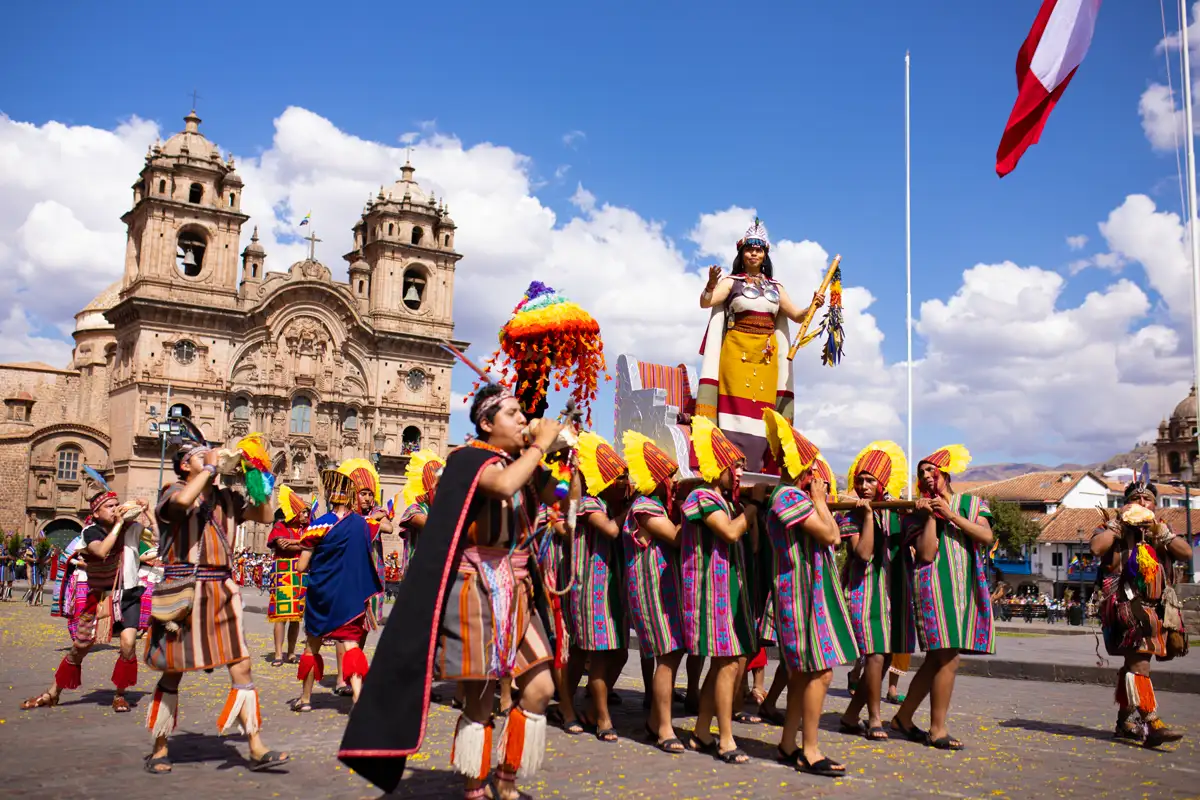
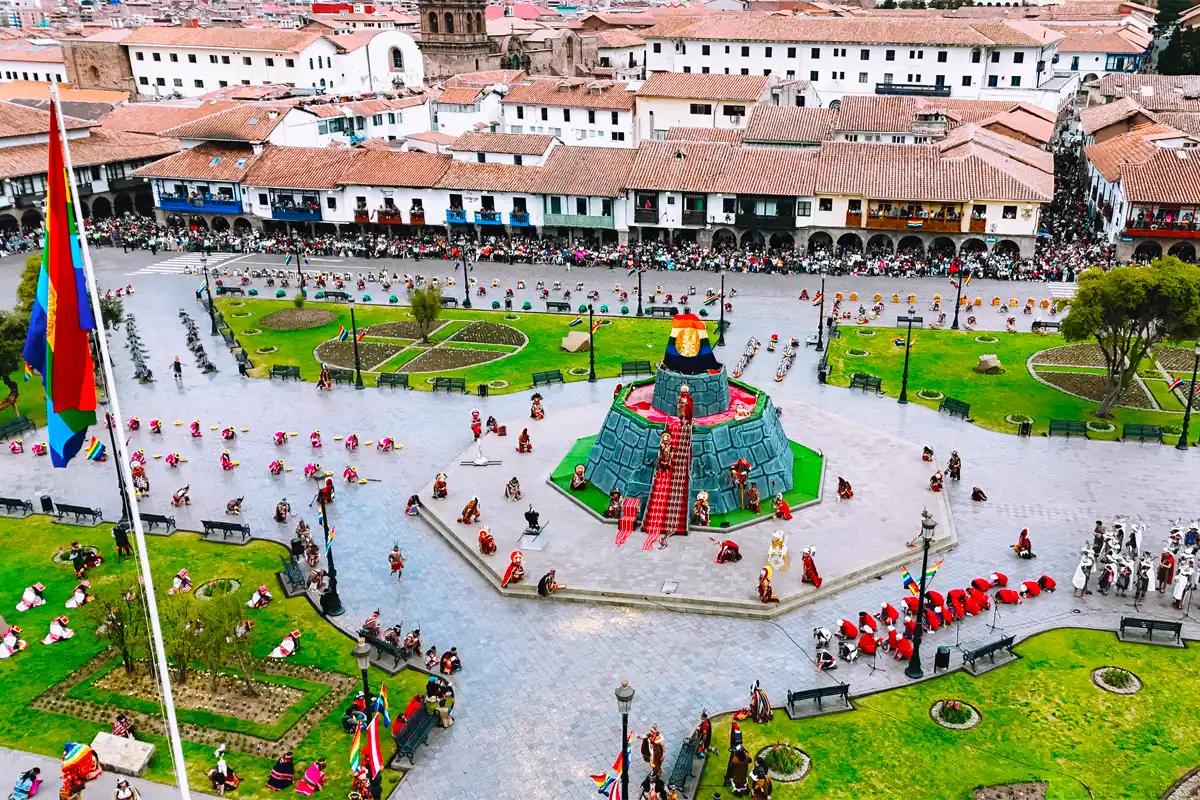
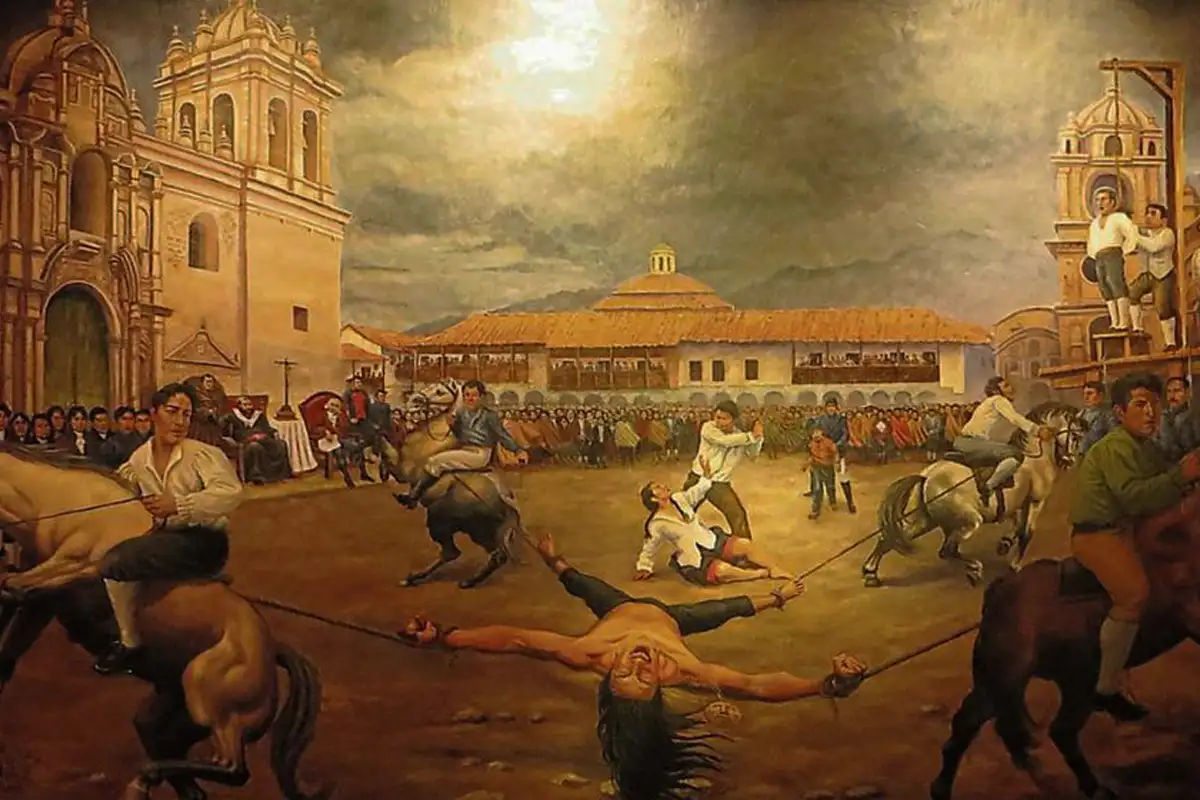
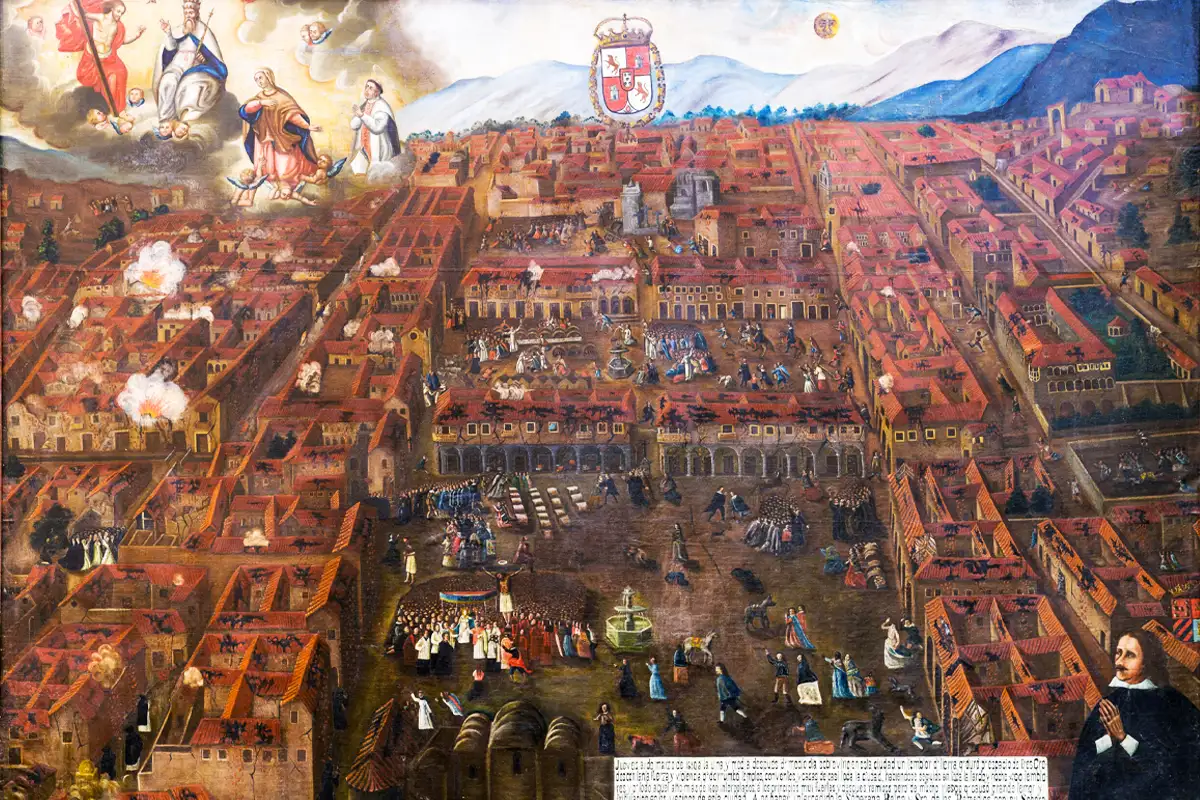
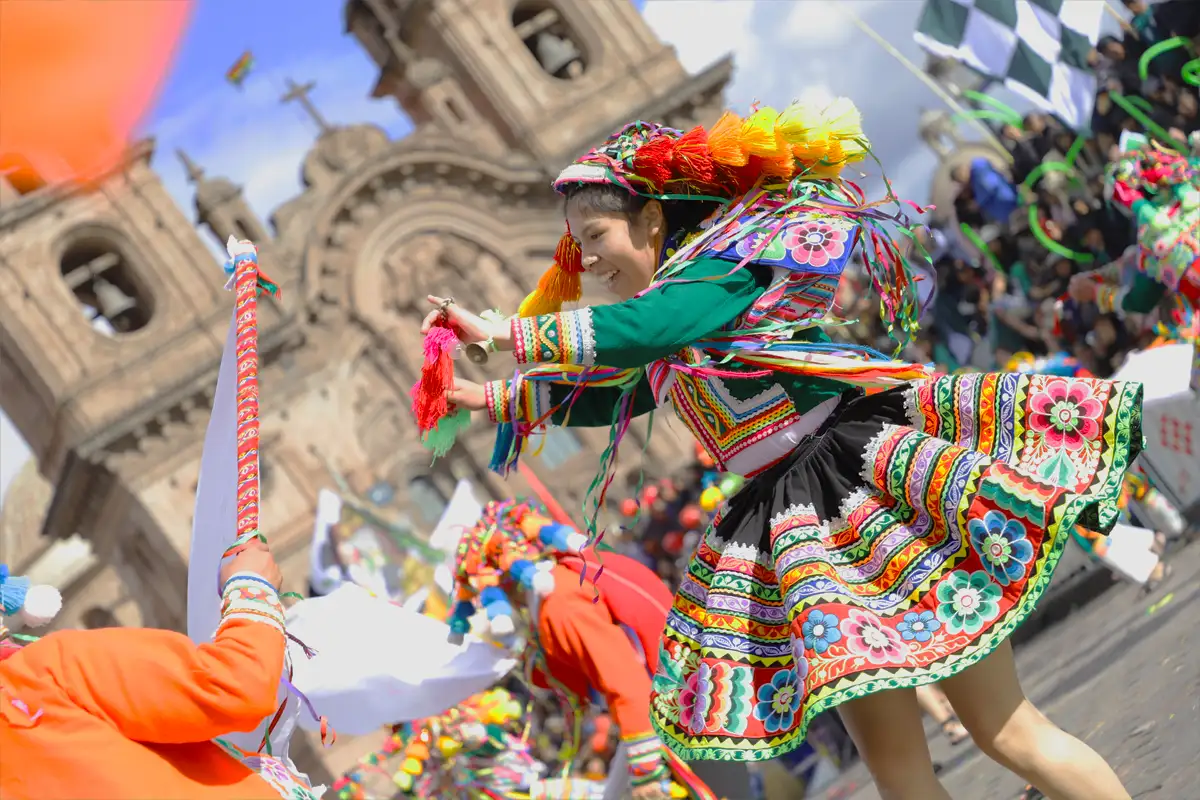
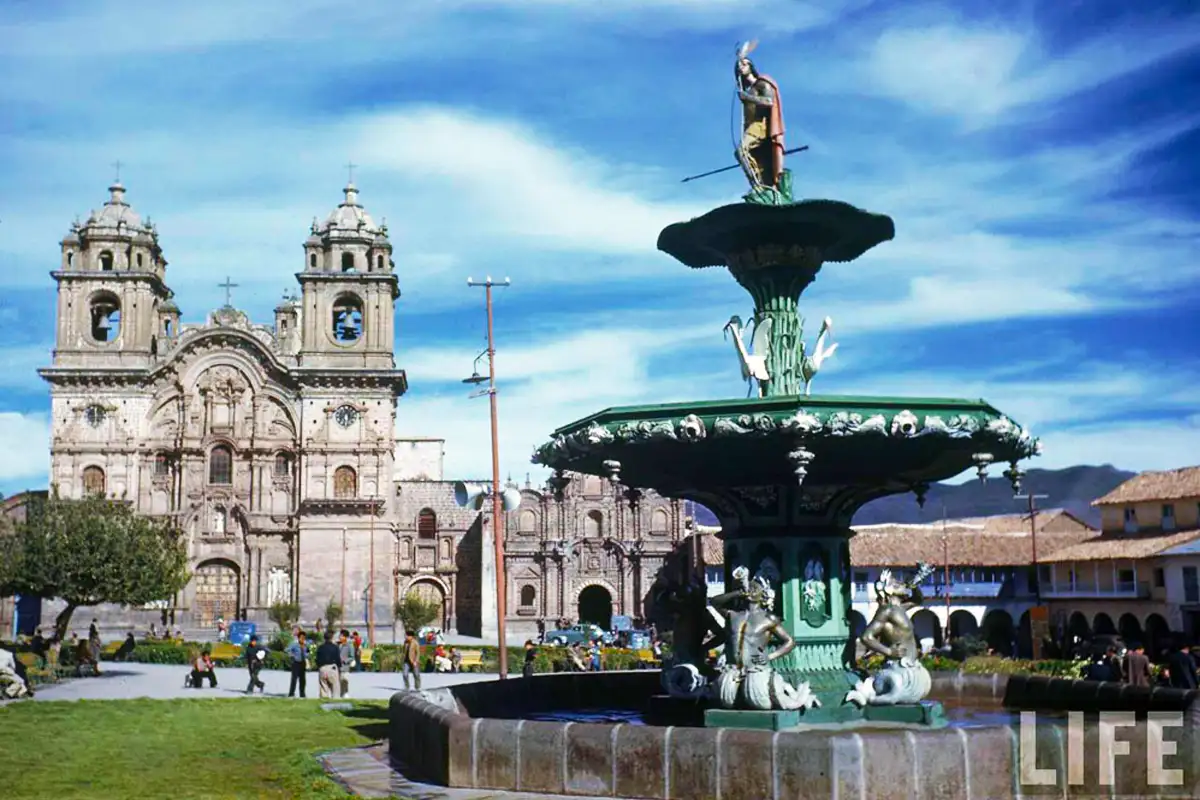
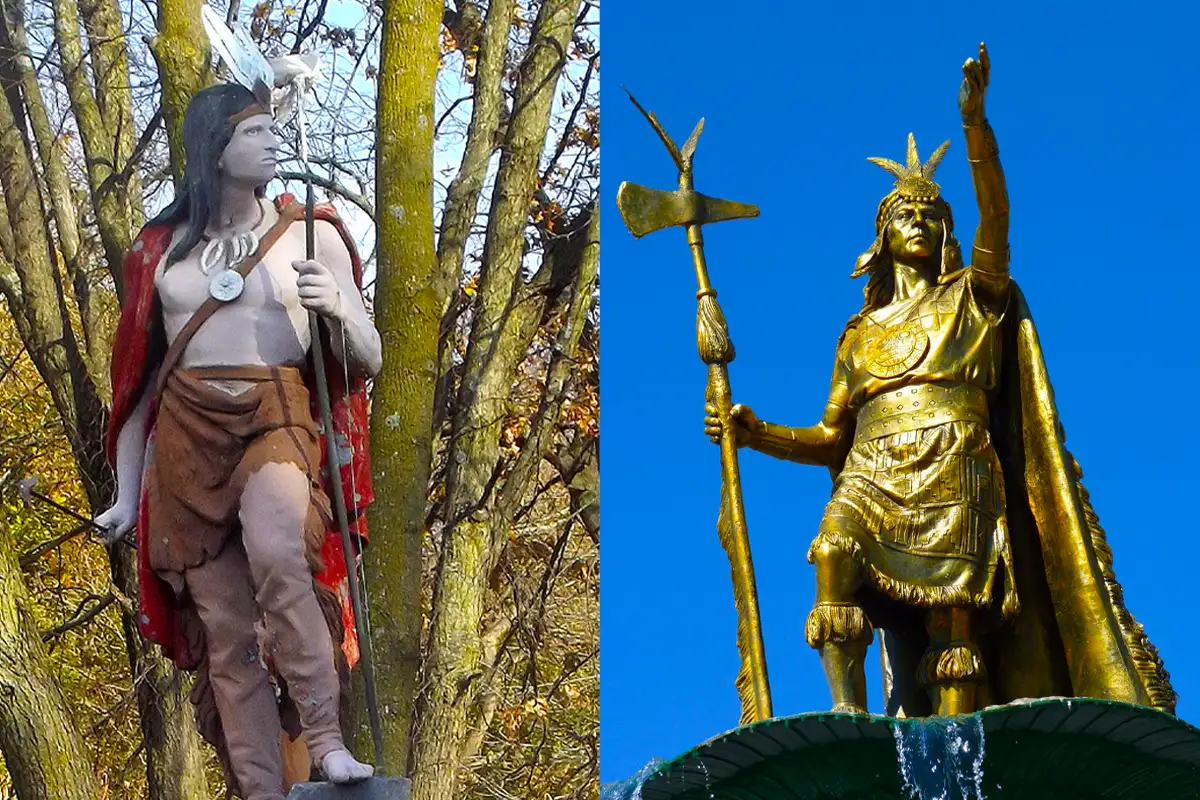
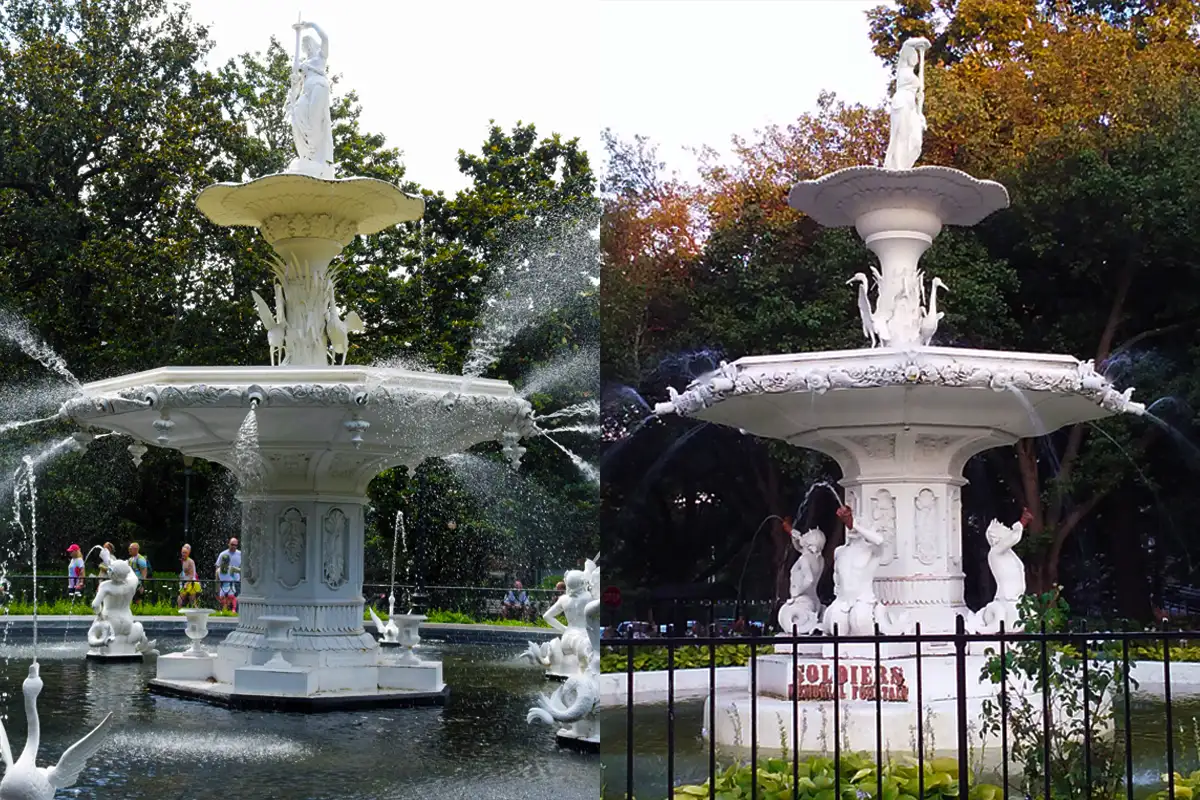
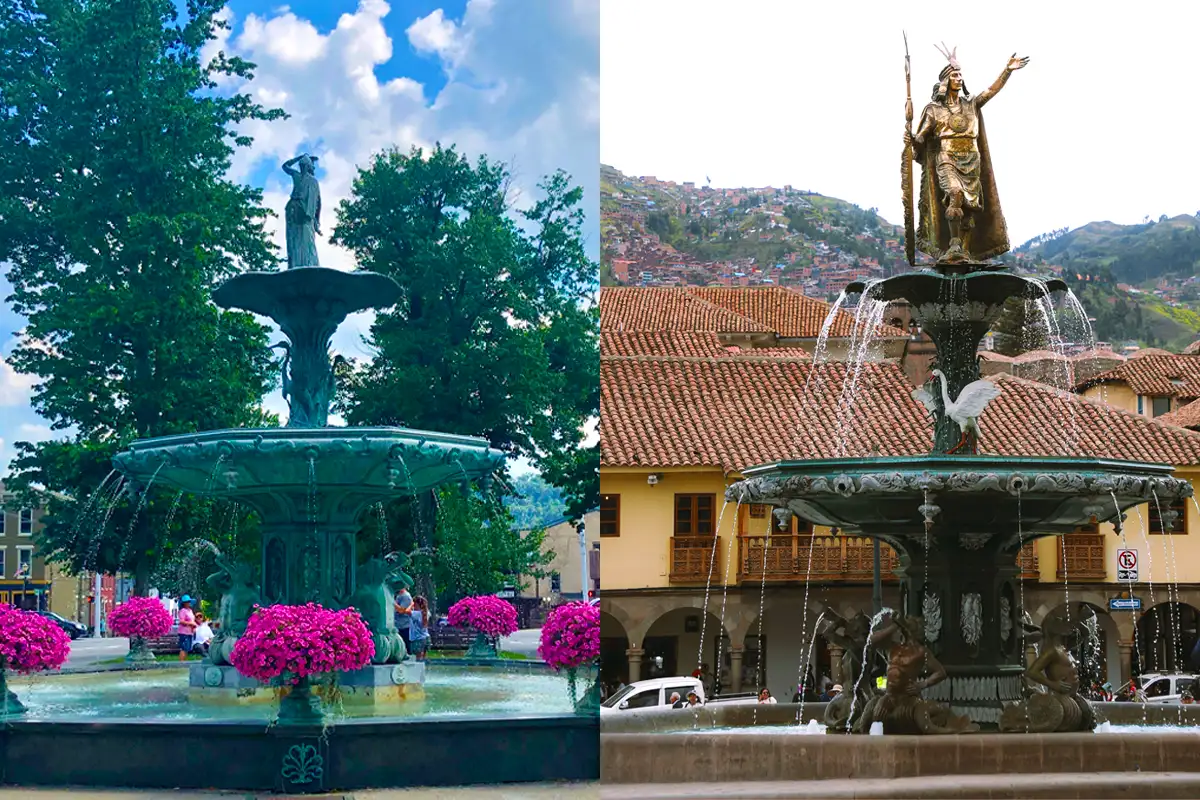
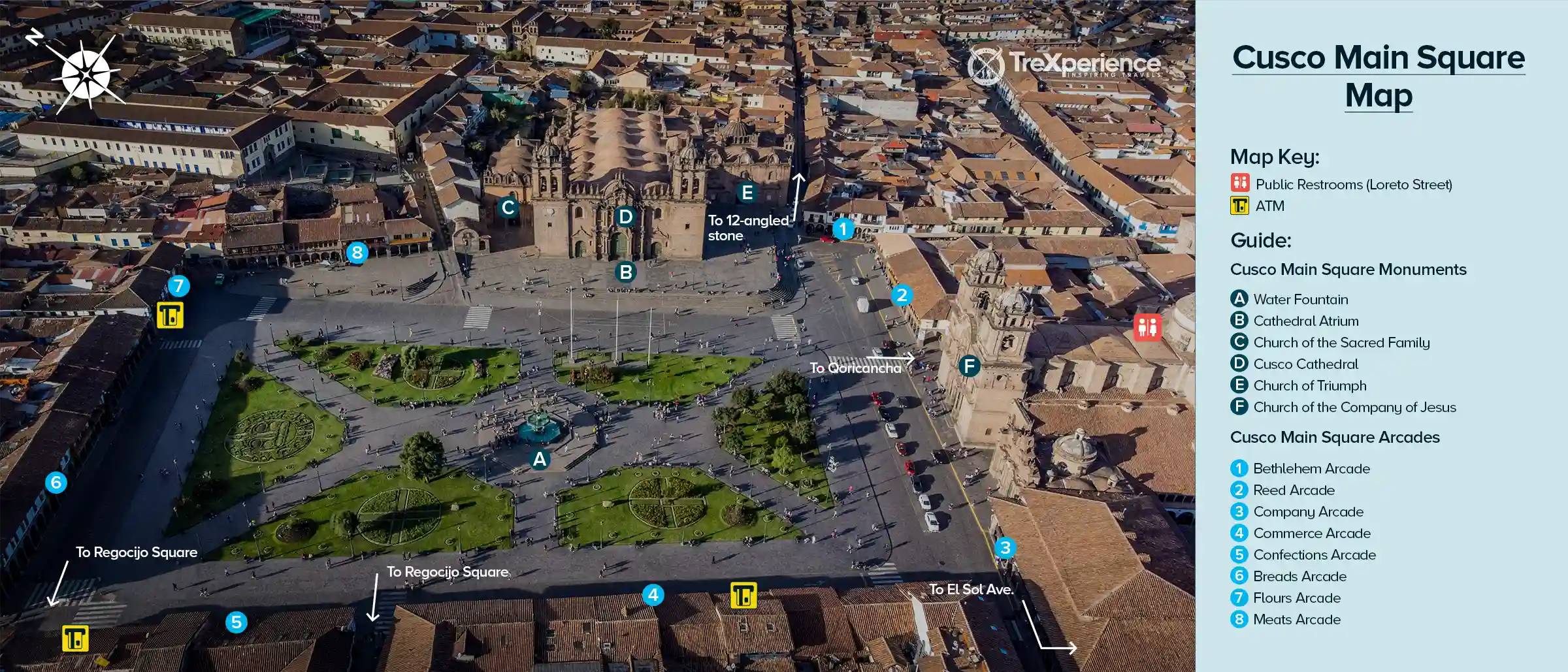
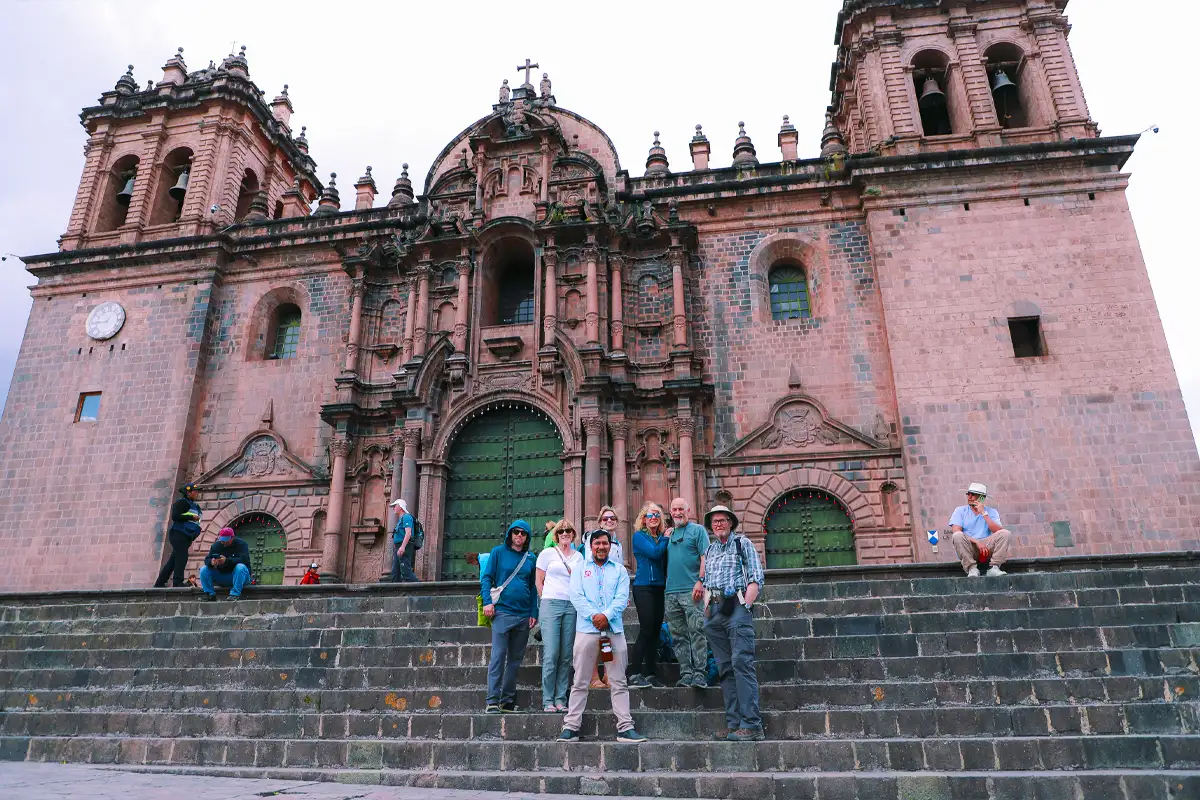
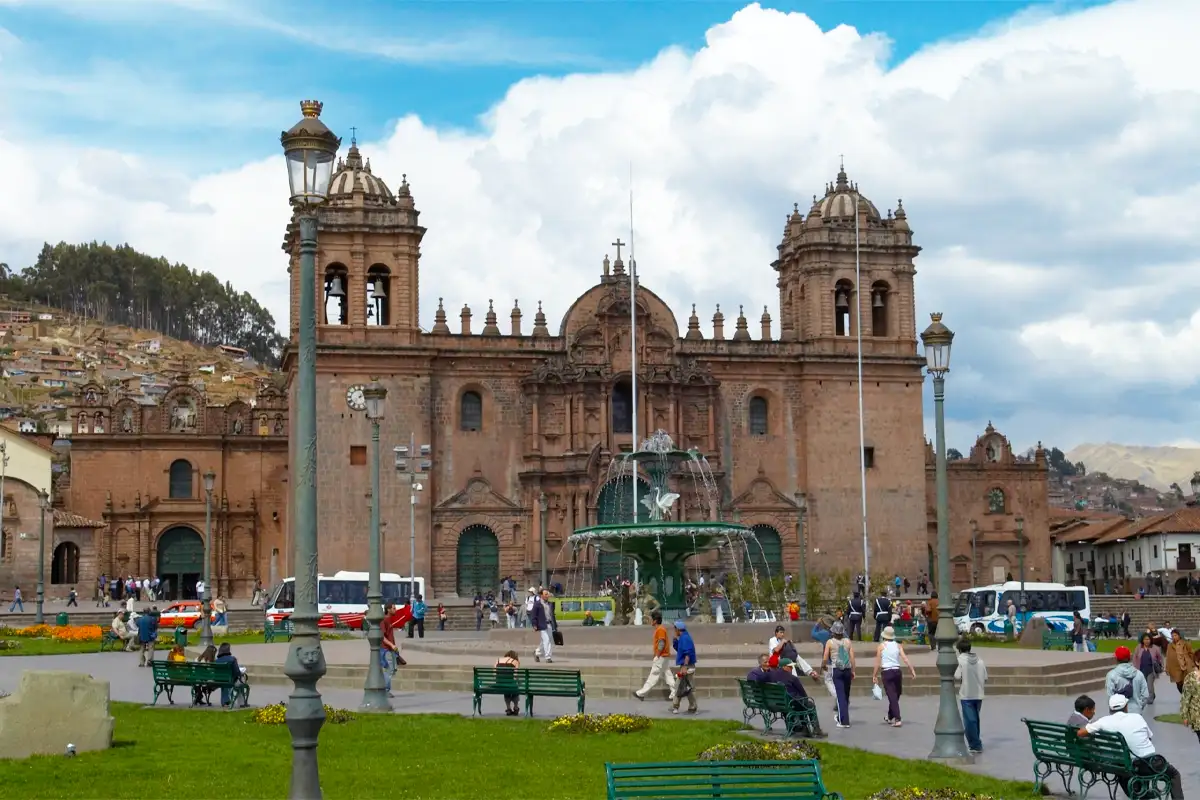
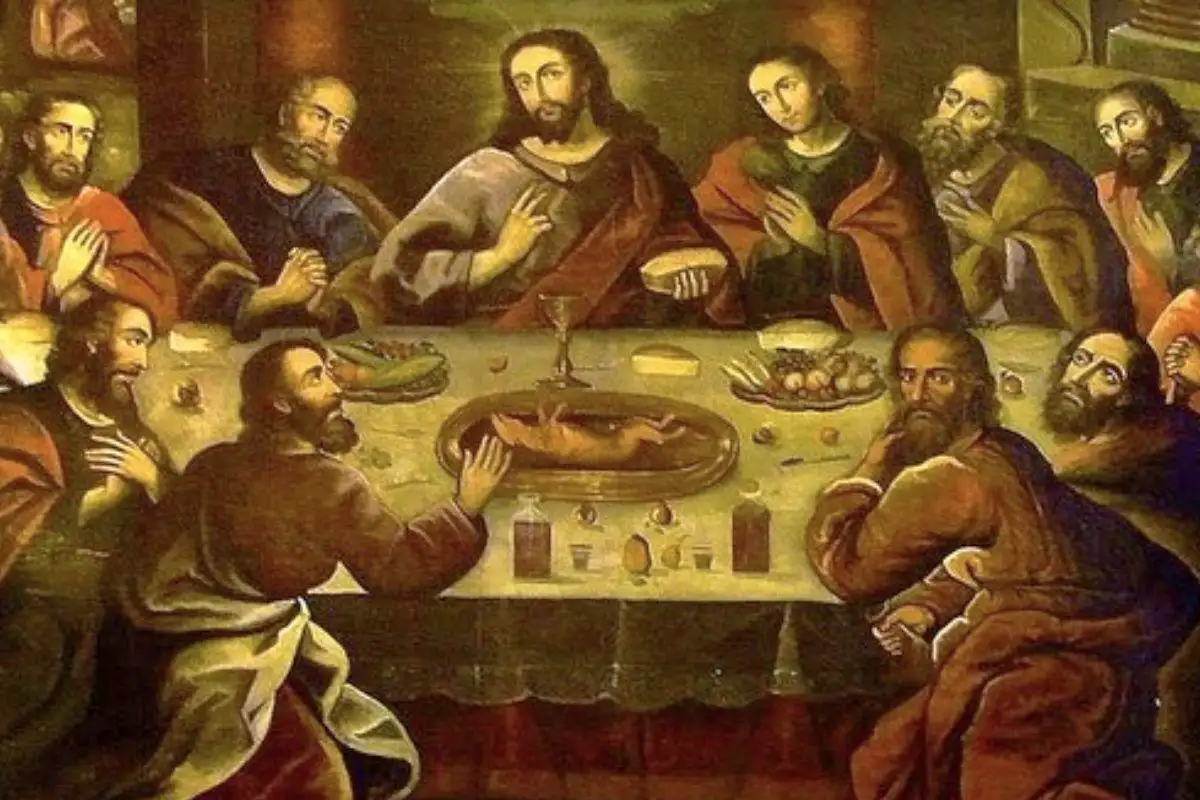
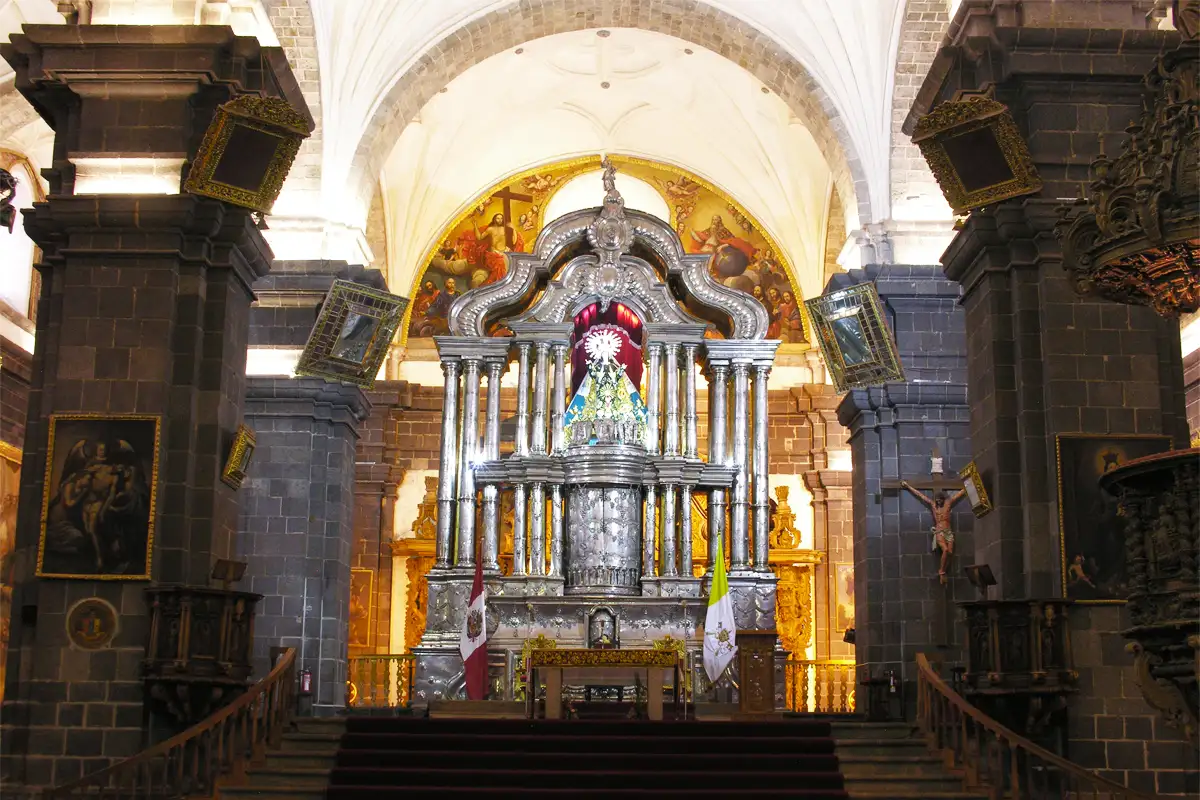
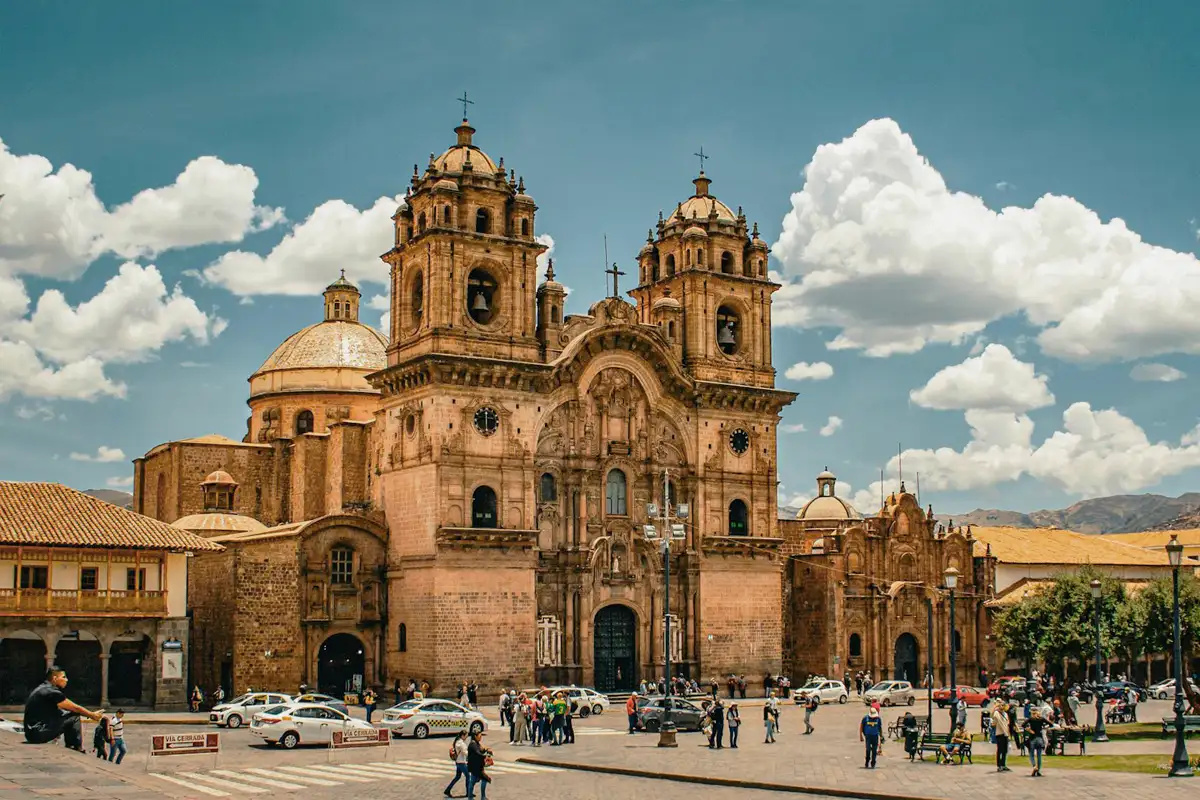
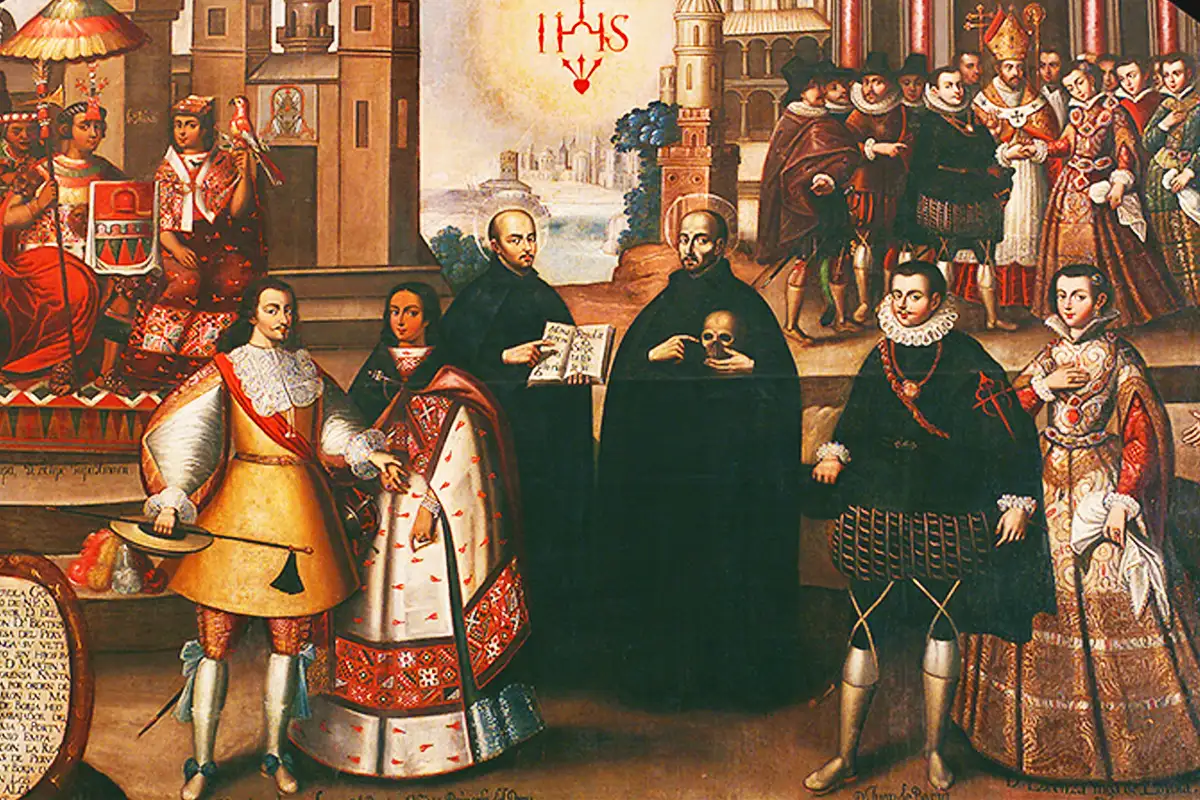
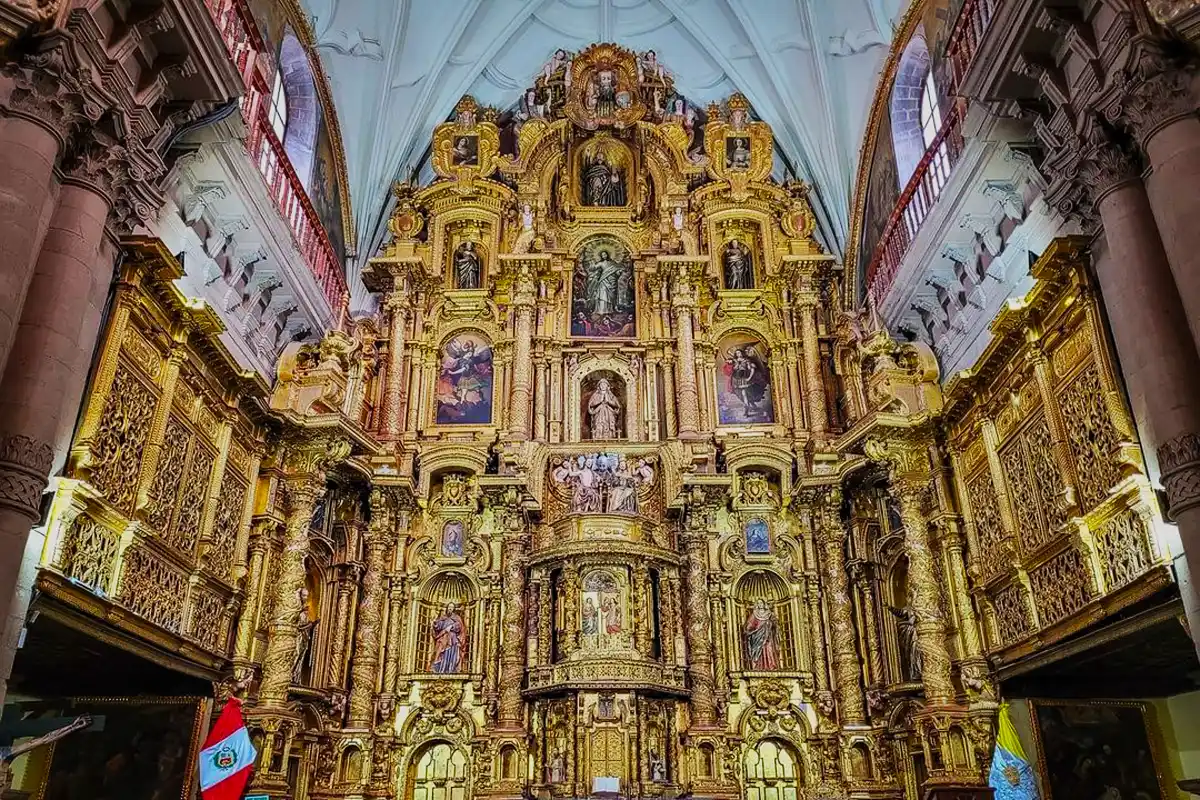
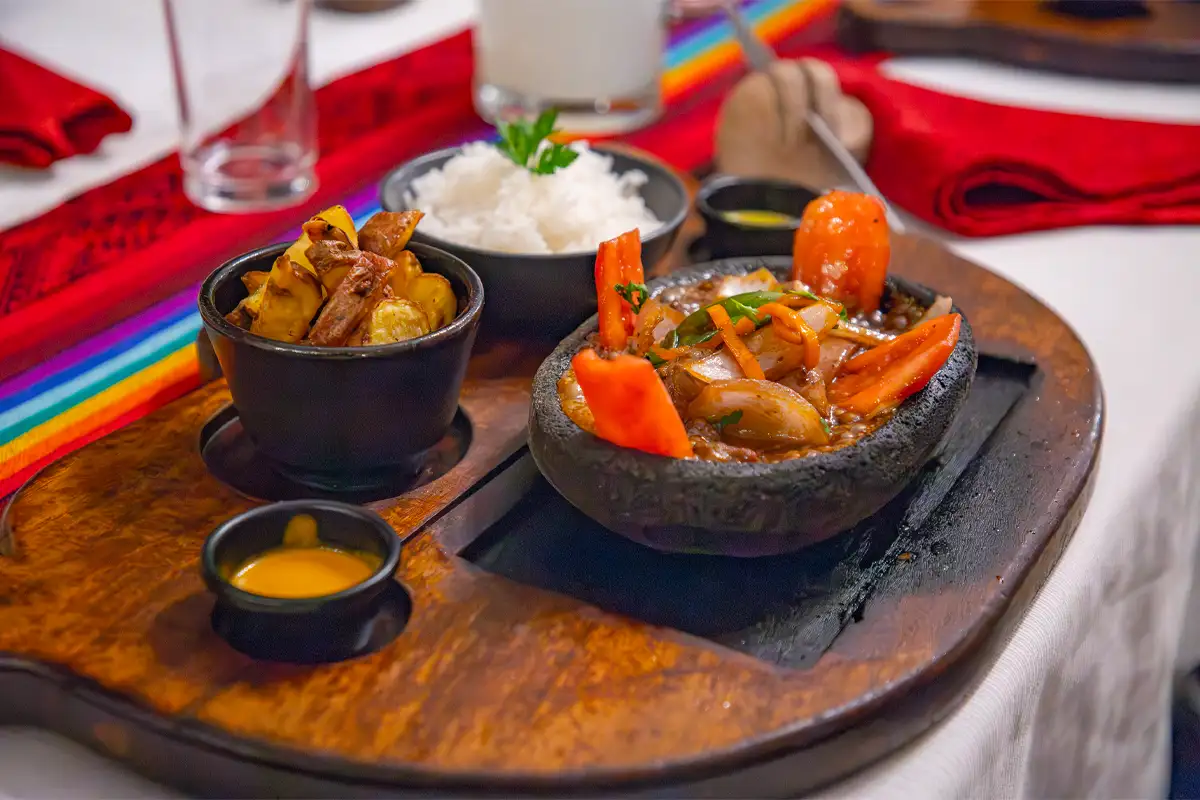
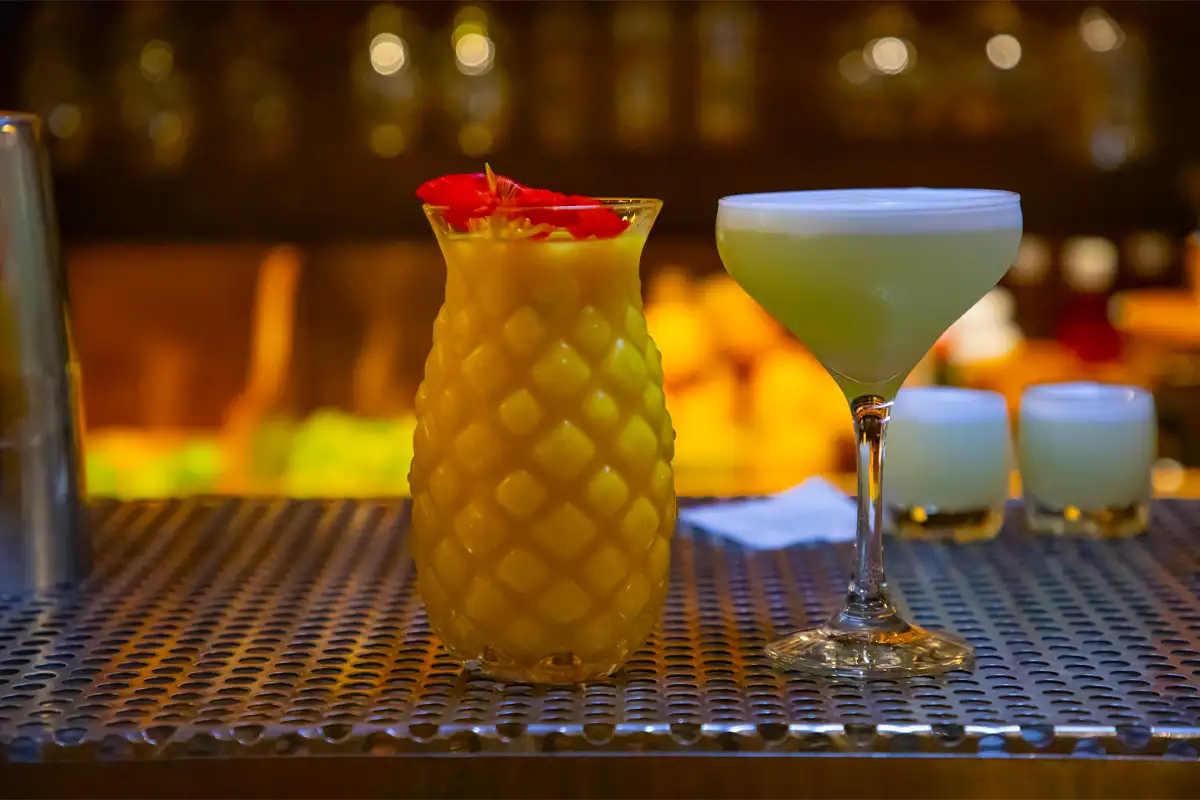
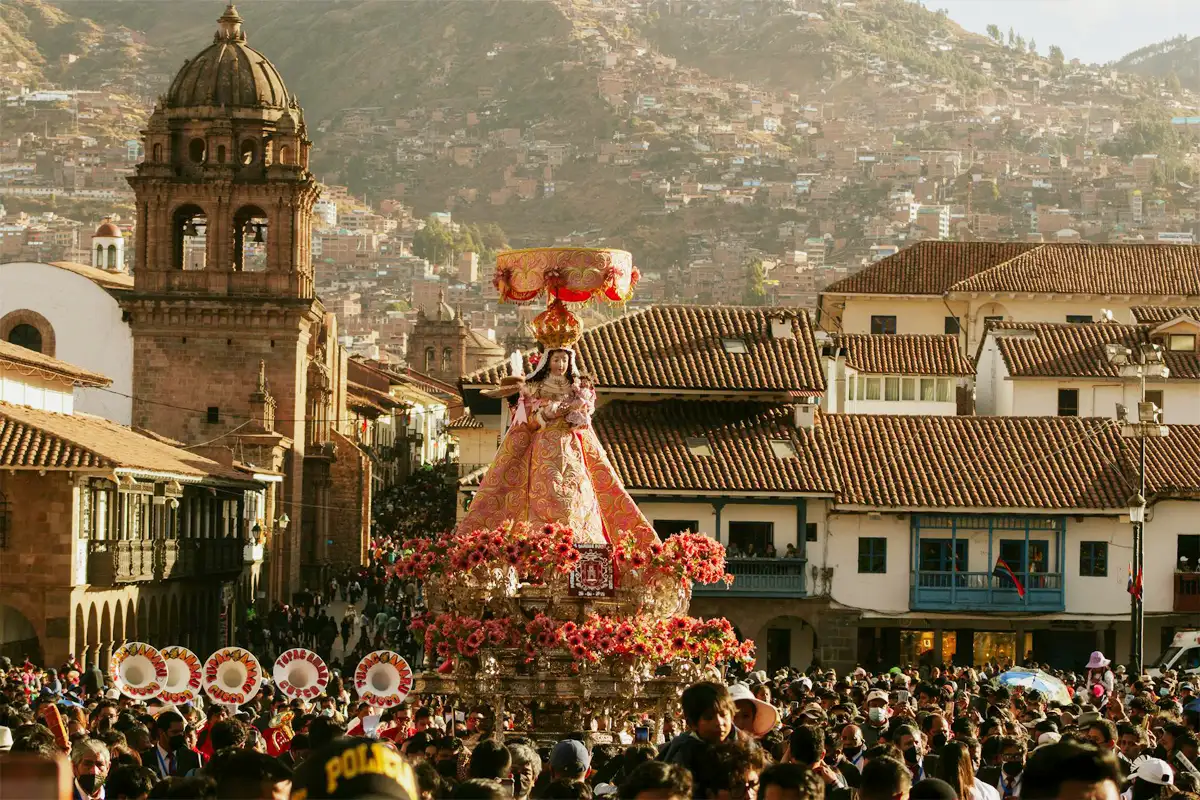
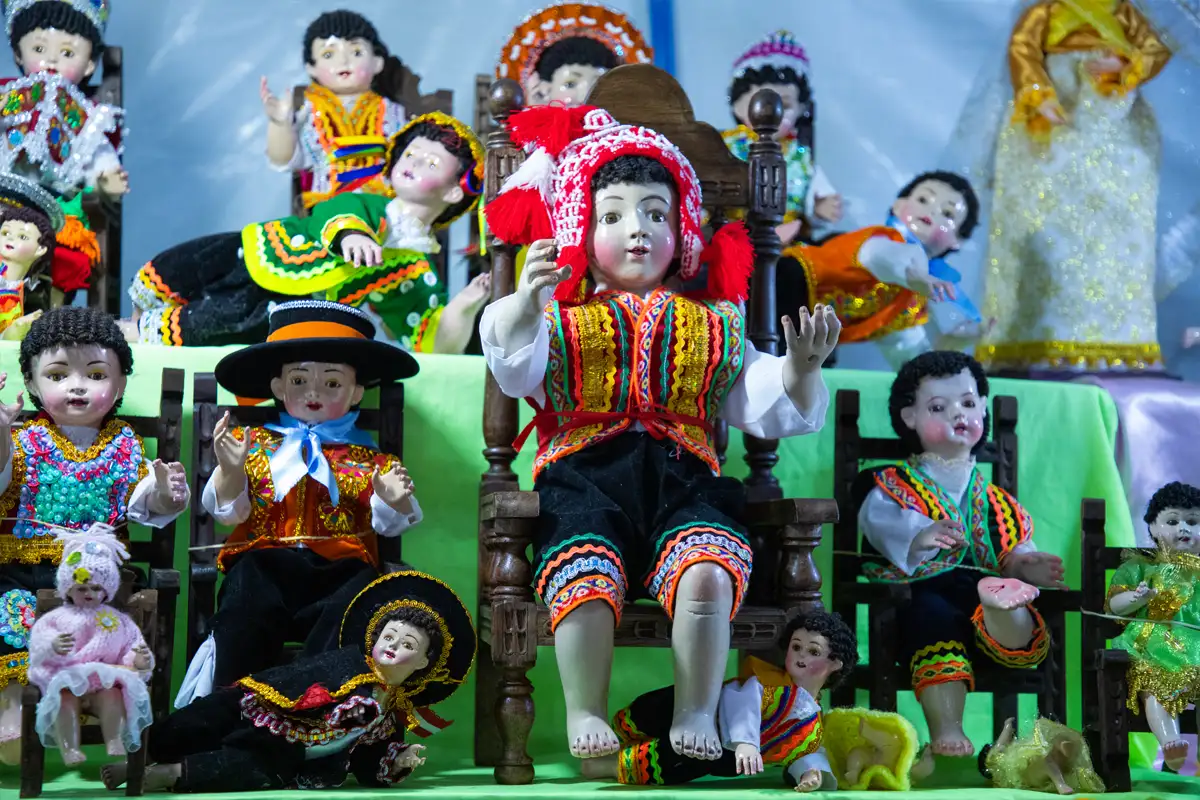
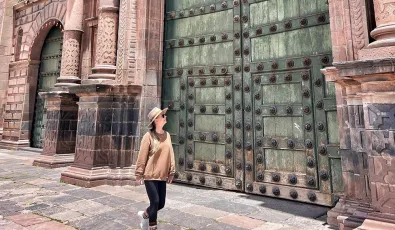
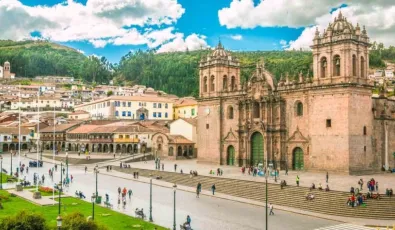
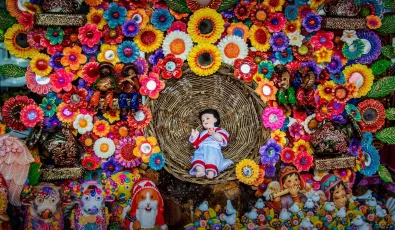
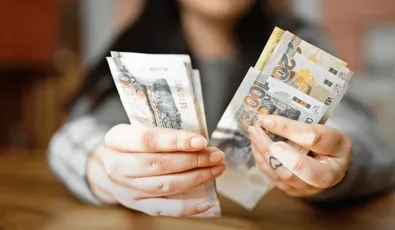
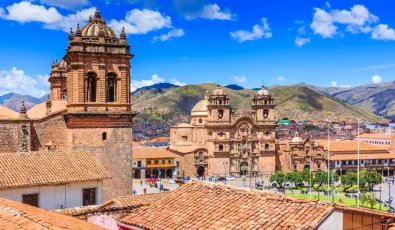

Add new comment